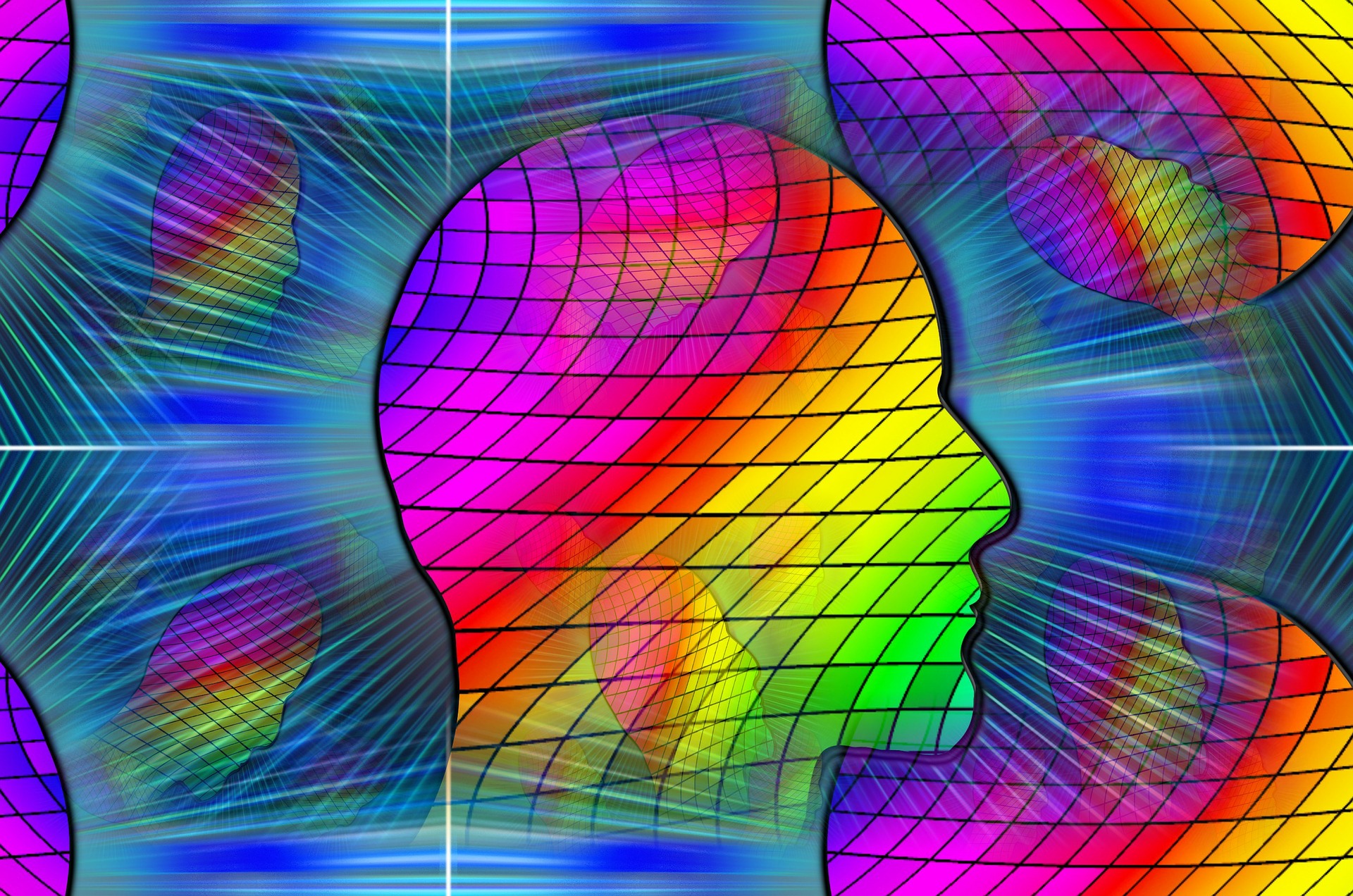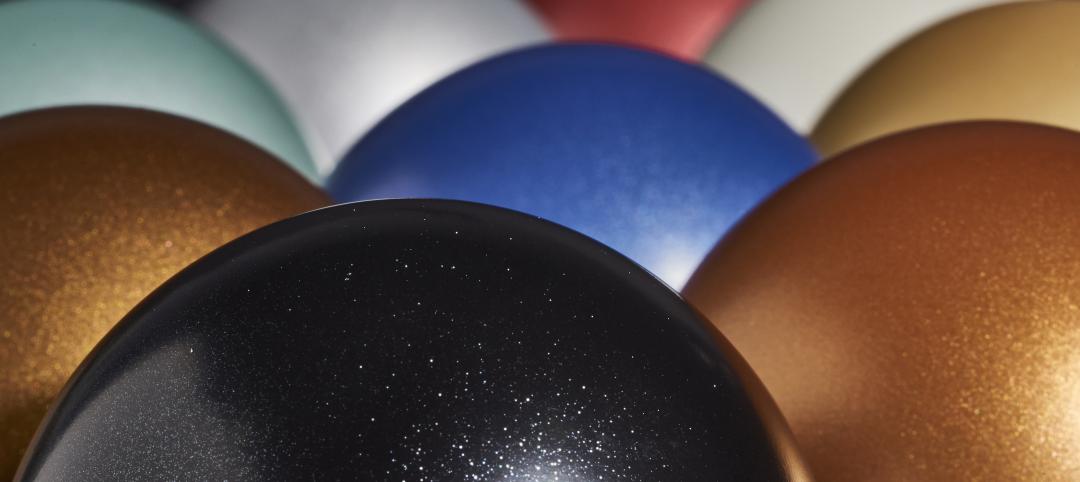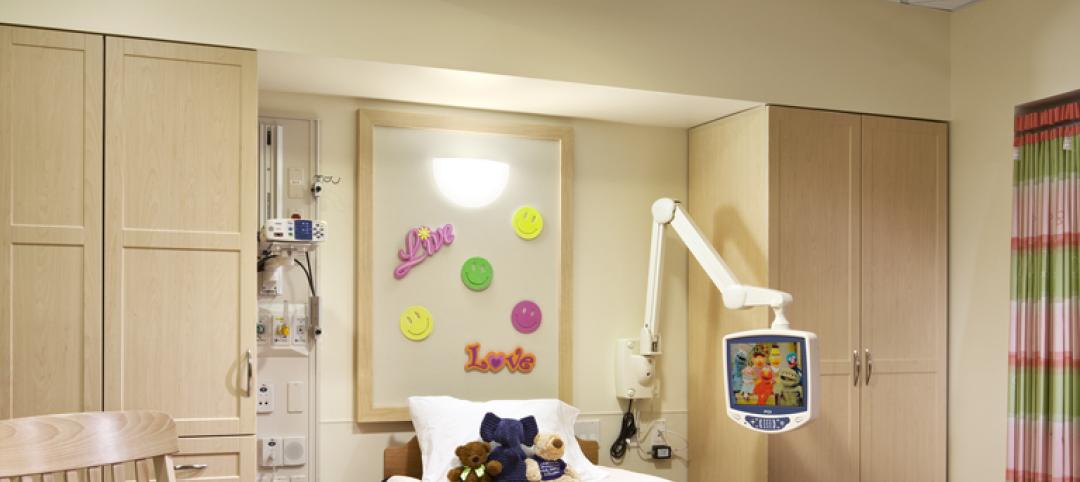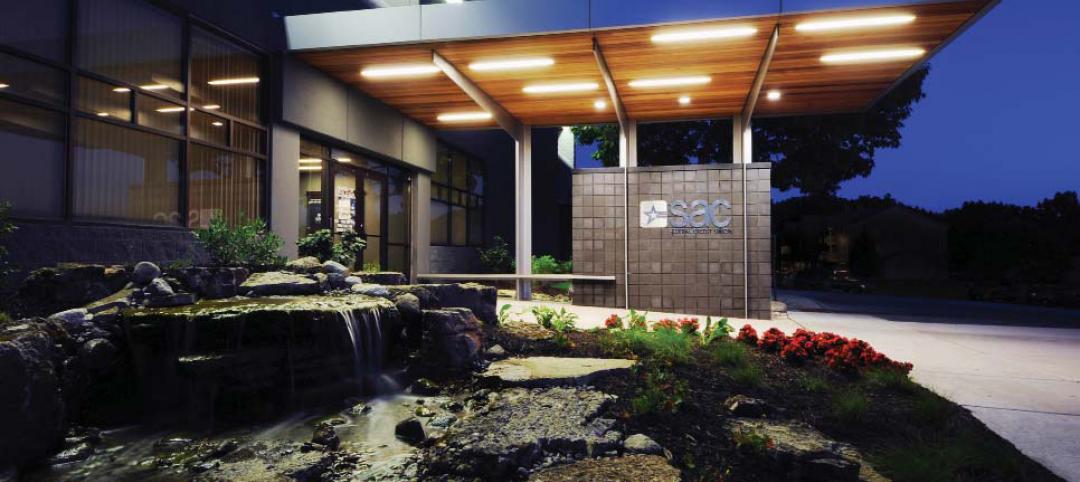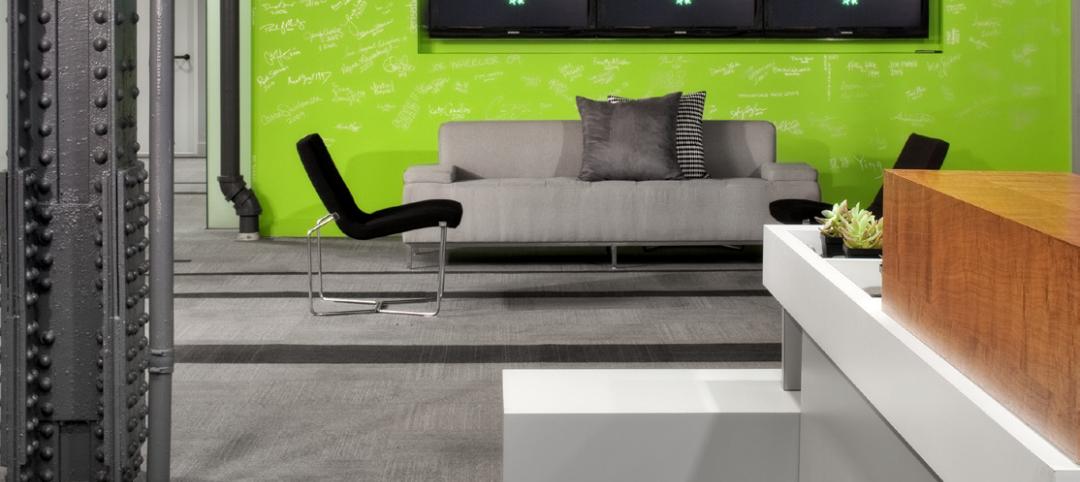There are aspects of basic colors that are commonly known to be true. Combining blue with yellow creates green, for instance. Red means stop, green means go. The appearance of color itself to the human eye comes from the stimulation of cone cells, caused by visible light waves.
But not everyone sees colors the same way. Color blindness is one example where people physically perceive and differentiate hues that may be completely unavailable to others. Psychologically, colors can elicit various emotions and affect behavior, to the point where fields of study have formed to analyze color preferences and associations. This is all in the pursuit of better understanding and, of course, persuading potential buyers of goods and services.
Color trends even have a bearing on the moods and attitudes of society at the time. Historically, colors are tied to certain decades or years — the swinging 1960s saw bright and “psychedelic” hues come to the forefront, while the recession and environmental movement of the 1970s brought about muted, earthy tones. Pantone’s pick for 2017 Color of the Year, Greenery, is said to reflect the current cultural climate of minimalism, healthier lifestyles, and returning to the outdoors[1], a cultural trend that was widely seen in the U.S. National Park Service’s centennial celebration in 2016.
Individually, people may strongly associate colors with certain moments or feelings, and these are often seen in the hues selected for university and college campuses, hospitals, retail, and other building sectors. Neutrals and soft colors are prominent in patient rooms and family waiting areas to create peaceful, stress-free environments, while bold and vibrant colors on school campuses reinforce the university’s mission and spirit for students, faculty, and visitors.
Gender has also been cited as affecting the perception of colors. Men are much more likely to be colorblind than women, with as many as 8 percent of men (compared to 0.5 percent of women) having red-green color blindness.[2] Women are also said to be able to see a wider range of colors than men and can discriminate among colors as well as perceive more subtle color changes.[3]
Forecasting what colors will be prominent on and inside buildings each year is a carefully considered art. Aside from the cultural and economic factors that experts weigh on, Valspar color strategist Sue Kim says some of what’s considered in trend research really does come down to human psychological and emotional responses to different colors.
“When we look at color, naturally, it’s in us. We just react to the colors in a different way. It’s a more fundamental, psychological reaction,” Kim says. “When you see red, you see urgency, like fire or fire engine red, whereas hospitals tend to be white and blue because it has to be a clean, neutral and inviting environment. Certain colors do have characteristics that represent the mood and function and benefit that you want to put out.”
Related Stories
Architects | Aug 5, 2020
Final report: BD+C's 2020 Color Trends Report
This special research report from the editors of BD+C explores the leading trends and drivers related to the use of color on commercial, institutional, and multifamily building projects.
Sponsored | | Jan 15, 2018
Innovations Pave the Way for High-Performing Metallic Coatings
Valspar's durable metallic coating systems are made to last while providing a vibrant sparkle
Sponsored | | Oct 10, 2017
Tracing Color Trends and the Paint Industry Through the Years
Innovations in technology mean today's architects have endless options when it comes to coating options.
Sponsored | | Sep 6, 2017
Special Effects: Going Beyond the Color Spectrum for Exteriors
AEC teams have endless options when it comes to choosing hues and effects for architectural coatings
Sponsored | | Apr 26, 2017
Advancements in Materials Open Up Color Trend Possibilities
For color experts, predicting trends before they happen requires a trained eye and being able to understand people
Sponsored | Color Innovations Series | Aug 9, 2015
Campus Branding With Color
Iconic and identifiable colors play role in higher ed branding on campuses. - See more at: http://www.bdcnetwork.com/campus-branding-color#sthash.ijEP68Iy.dpuf
Sponsored | | May 22, 2015
Shades of Gray—And One Green
Many companies utilize their signature colors for the exterior and interior of their office suites, buildings, and more. But for a product strategy and design firm in Austin, Texas, just one simple hue was needed to represent the brand.


